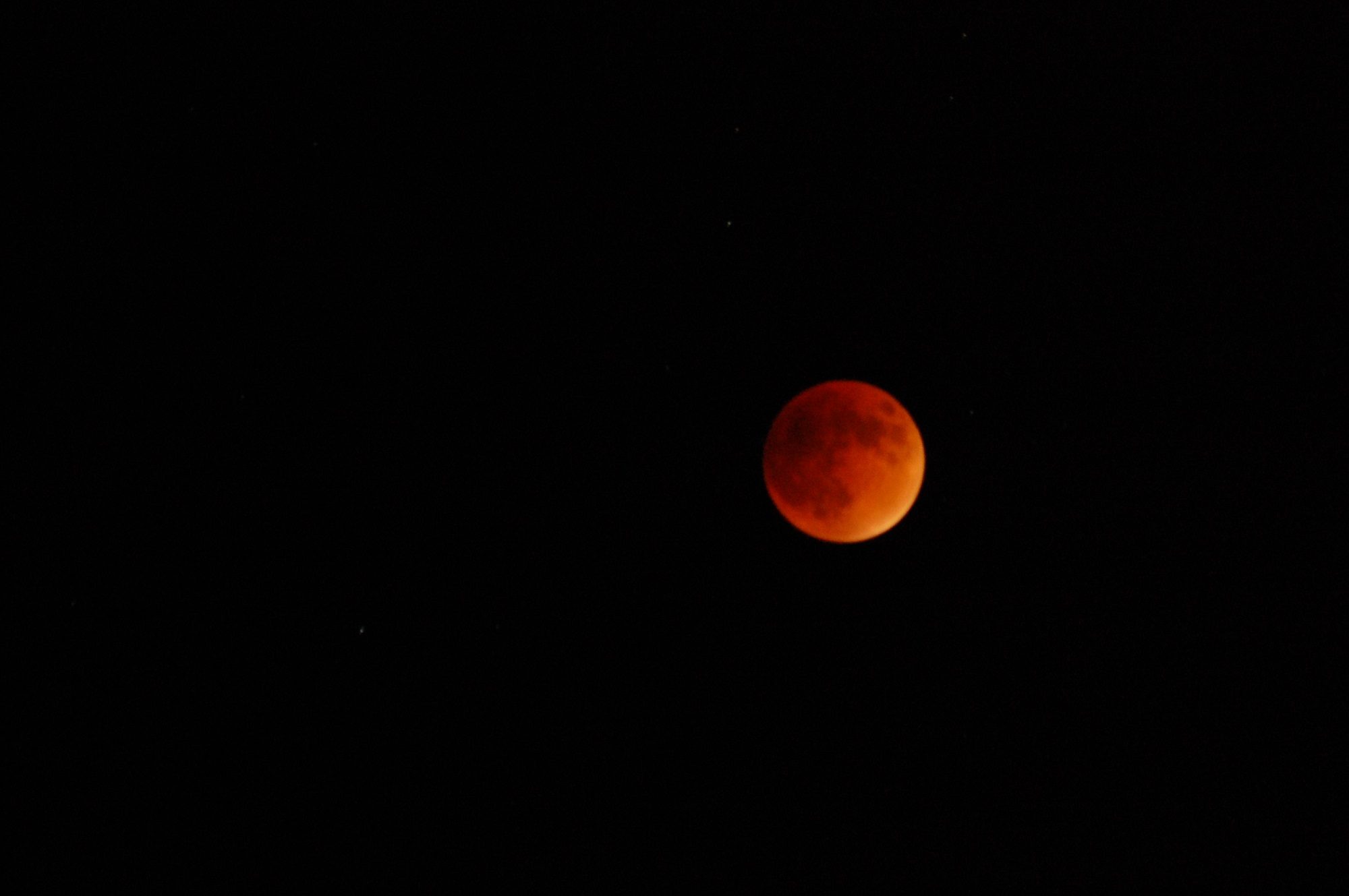You must read the multispectral image data into R, extract the reflectance values for a particular band, perform a calculation on each pixel and map the results, then save the map as a TIFF file.
Here is some code that demonstrates how to do this:
library(raster)
library(ggplot2)
library(ggmap)
# Load the TIFF image (Landsat or Sentinel or any other satellite image)
raster_image <- brick("YourMultispectral_image.tif")
# Extract a specific band
band_data <- extract(raster_image, 1)
# Create a wavelength vector
wavelength_vector <- seq(400, 700, by = 10)
# Define the reflectance function
# The reflectance function uses the approx function to interpolate the reflectance values at the desired wavelength values
reflectance_function <- function(x) {
y <- approx(wavelength_vector, x, xout = x)$y
return(y)
}
# Calculate the area under the curve for each pixel
results <- calc(band_data, fun = function(x) {
integrate(reflectance_function, min(wavelength_vector), max(wavelength_vector), x = x)$value
})
# Plot the results on a spatial map
# The extent of the raster image is used to define the location of the map, and the zoom level is set to 10
ggmap(get_map(location = extent(raster_image), zoom = 10)) +
geom_raster(data = as.data.frame(results),
aes(x = x, y = y, fill = layer)) +
scale_fill_gradient(low = "blue", high = "red") +
ggtitle("Spatial Map of Area under the Curve of Reflectance Values") +
xlab("Longitude") +
ylab("Latitude")
# Save the result as a TIFF file
writeRaster(results, filename = "area_under_the_curve_map.tif", format = "GTiff", overwrite = TRUE)
